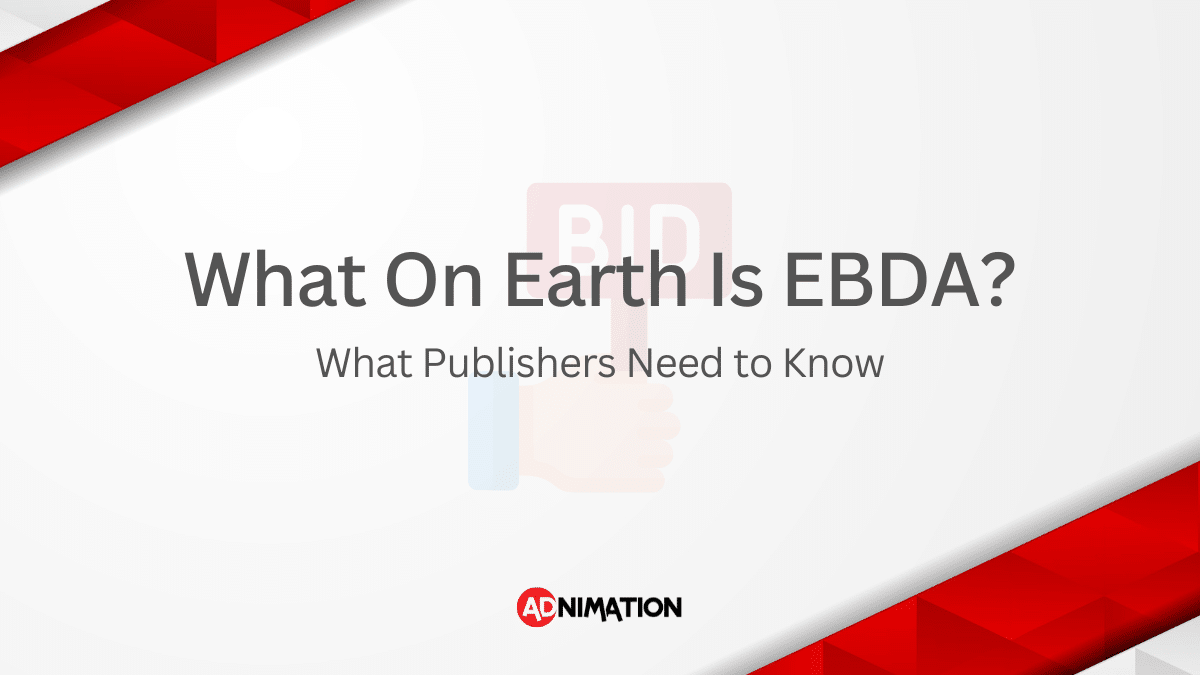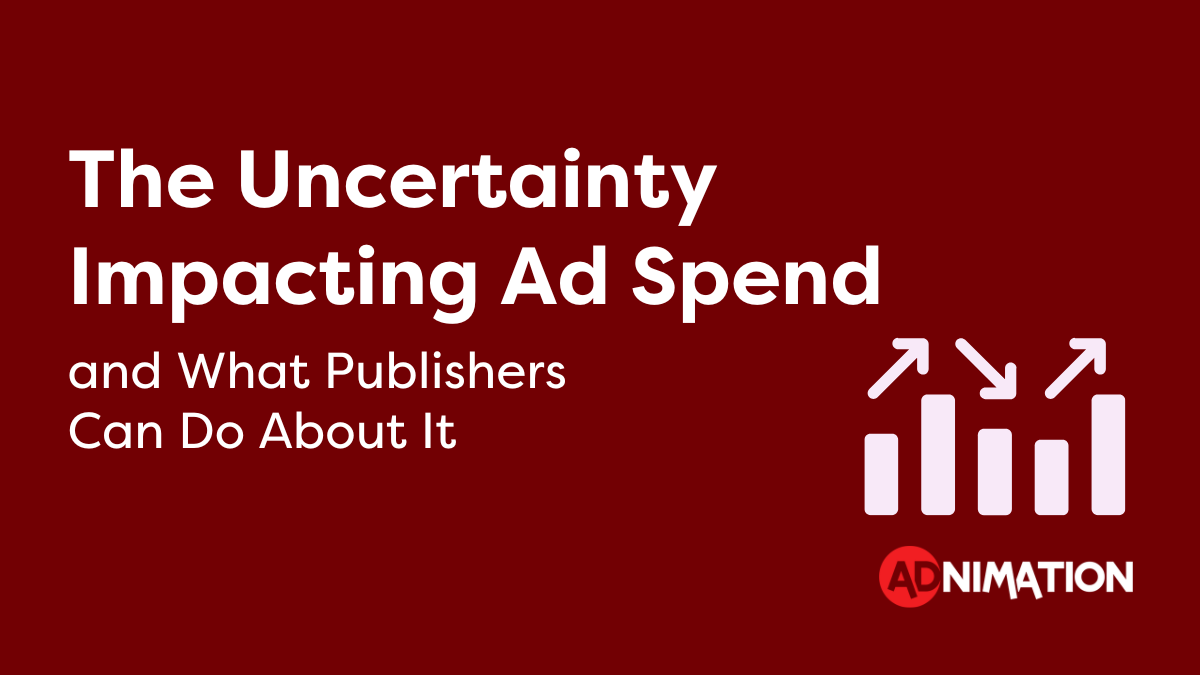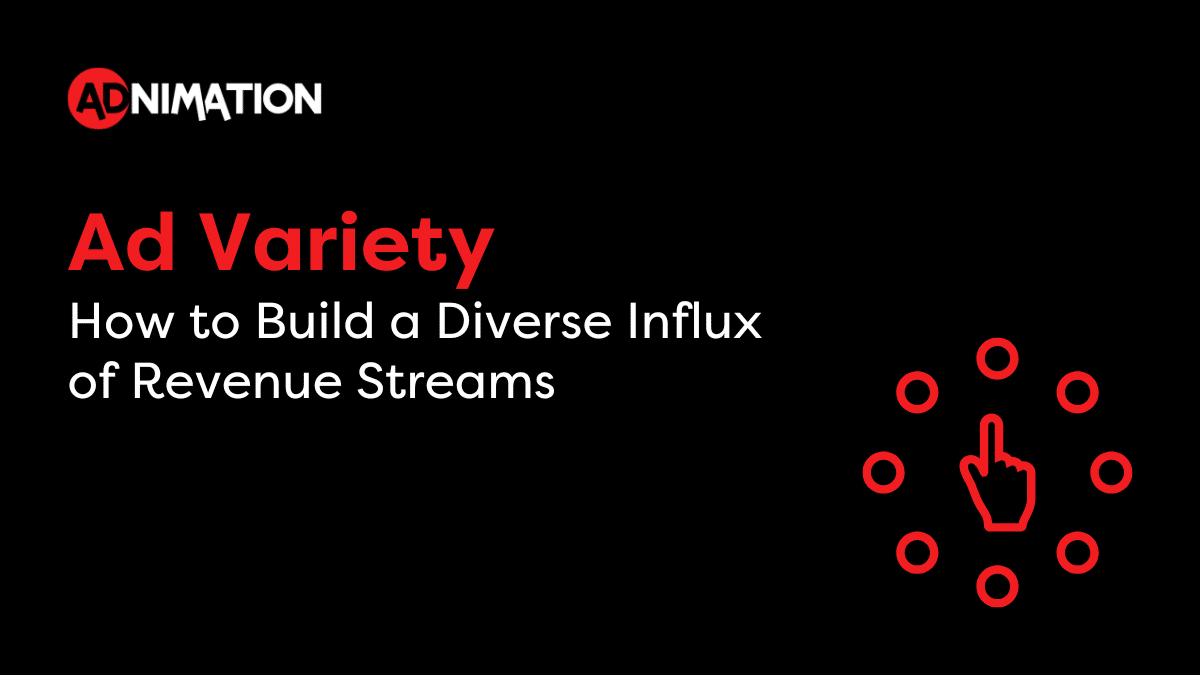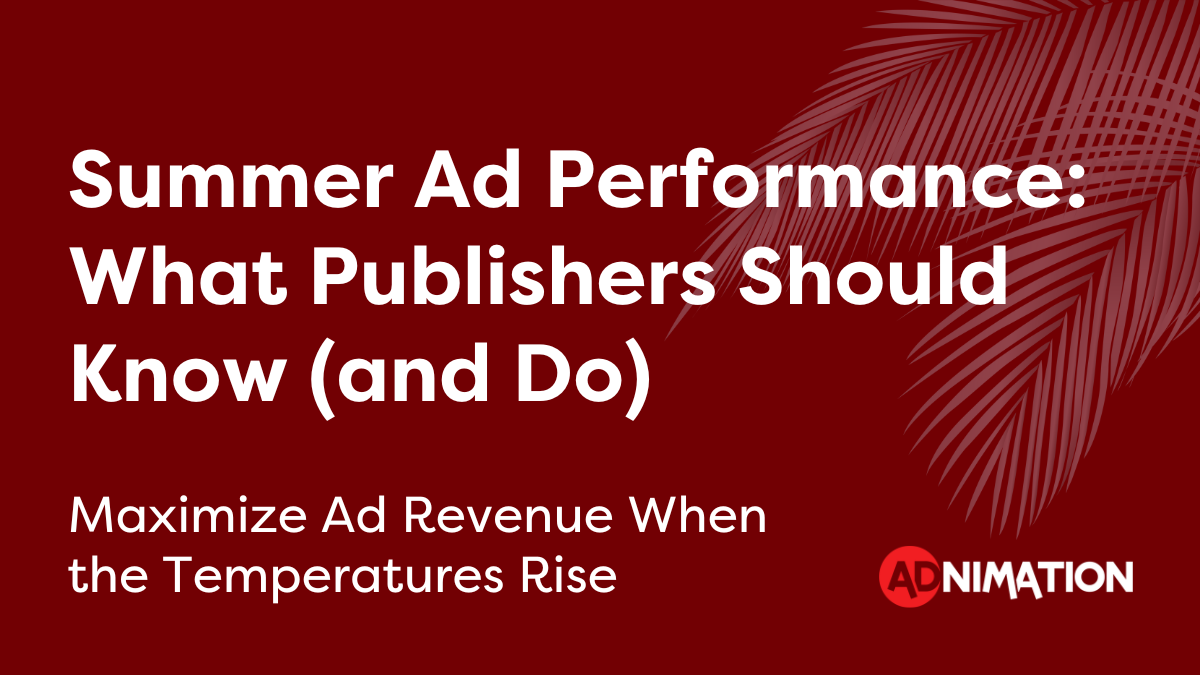Exchange Bidding in Dynamic Allocation, also known as EBDA or Open Bidding, is Google’s alternative to header bidding.
But how exactly does it work and what’s the difference between EBDA and regular header bidding?
We break everything down for you here.
What is EBDA?
EBDA is Google’s server-side alternative to header bidding that enables publishers to bring in other SSPs to compete with Google AdX.
The idea behind EBDA is simple: to help publishers to maximize their ad revenue by creating a competitive auction environment between multiple demand partners.
The auction is conducted through a unified auction in Google Ad Manager (GAM), which means that all demand partners are given an equal opportunity to win the impression based on their bid.
Why Did Google Create EBDA?
Google created EBDA in response to header bidding, a technology that allows multiple demand partners to simultaneously bid on a publisher’s inventory.
Why did Google do this?
Well, prior to the advent of header bidding, Google AdX had first dibs on the premium inventory of publishers. Header bidding levelled the playing field, allowing other demand partners to have the same opportunity to bid on a publisher’s inventory.
This was a huge step for publishers as increased competition results in higher ad revenue.
However, it was a step back for Google as traditional header bidding occurs on the user’s browser, also known as client-side header bidding. This meant that publishers no longer needed to use GAM to run the auction.
In response, Google developed EBDA, a server-side header bidding that occurs through Google Ad Manager.
How Does the EBDA Process Work?
The EBDA process begins once a user visits a page with an available ad inventory. When that happens, the following chain of events occurs:
- An ad request is triggered and is sent to the Google Ad Manager ad sever
- GAM selects the best trafficked line item to compete in the unified auction
- GAM sends a bid request to targeted yield groups, which identify a list of exchanges and networks to compete in the auction
- Targeted yield partners run their own auction and return their most competitive bid to GAM
- GAM hosts a unified auction and selects the winner
Advantages of EBDA
- Easy implementation
- Faster page load times
- More bids
Easy Implementation
Unlike client-side header bidding, EBDA is relatively easy to implement as it can all be done through your GAM.
Faster Page Load Times
Since all of the bid requests are made on an external server, the process doesn’t slow down page load time for users.
This is especially useful for video ad units that notoriously impact site speed.
More Bids
Having the auction occur an external server allows for an unlimited number of SSPs, ad exchanges, and ad networks to participate in the auction, which increases competition.
EBDA vs Header Bidding
The choice between EBDA and client-side header bidding boils down to higher CPMs vs better site speed and UX.
Because client-side header bidding occurs on the user’s browser, advertisers have access to user data that allows them to run more personalized ads. This results in higher CPMs.
However, the process often slows down the page load time.
On the other hand, EBDA, and server-to-server header bidding in general, occurs on an external server and therefore doesn’t slow down the page. The downside? There is no way to access user data which generally results in lower CPMs.
Our suggestion is to combine the two solutions with hybrid header bidding.
Hybrid Header Bidding
Hybrid header bidding combines the advantages of both client-side and server-to-server header bidding to optimize ad revenue and overall yield.
In real-time, the technology initiates parallel auctions to the client side and server side. This proprietary method developed by Adnimation’s monetization experts results in an increase in bottom line revenue, outperforming standard header bidding by an average of 18%.
How to Implement Hybrid Header Bidding
Hybrid header bidding is a complex solution that demands a comprehensive understanding of the technical process and constant optimization.
That is why we recommend using a Google Certified Publishing Partner (GCPP) like Adnimation to implement it.
For more details or for a free consultation, please feel free to reach out today.




